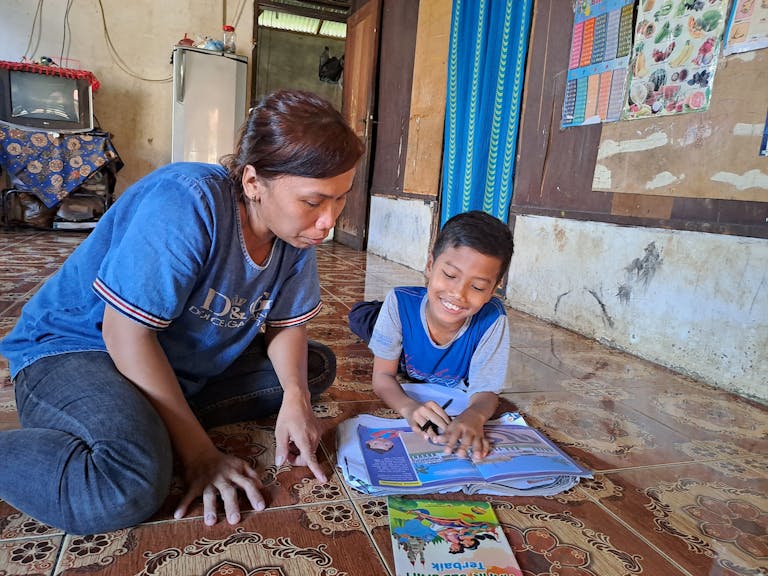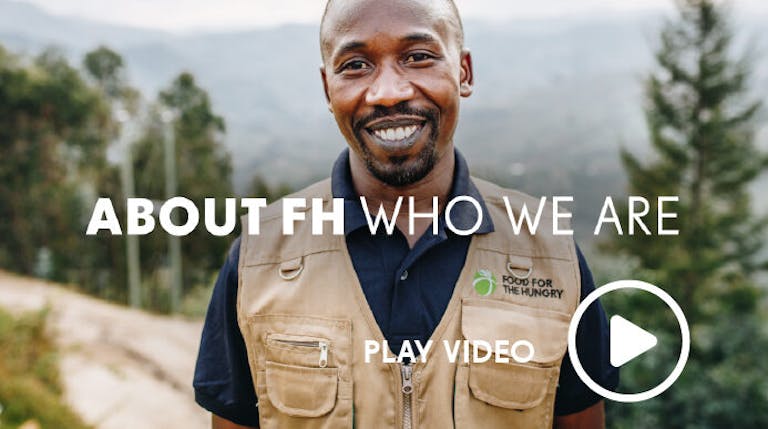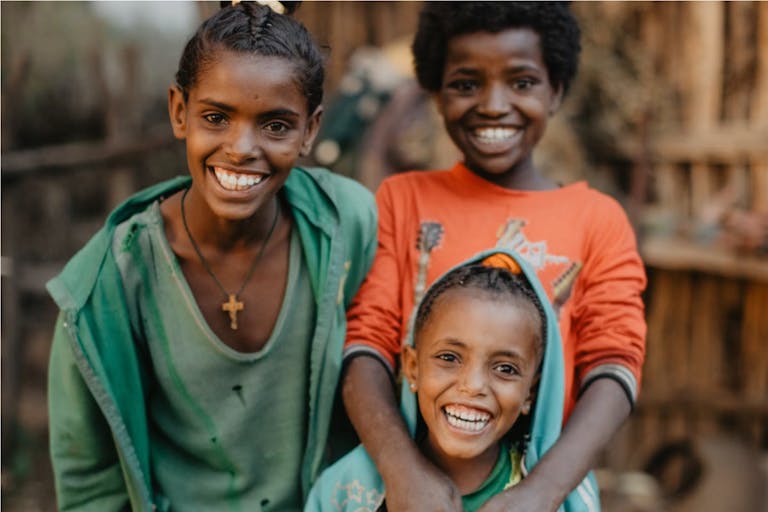Send your love–to cheer your sponsored child on at school!
Check your mailbox for this ruler with your name on it, and send it back by August 31. Don’t miss out!
Play an important role in children's successes today.
HOW WE PARTNER
Where WE SERVE
WE ADDRESS THE ROOT CAUSES OF POVERTY, NOT JUST THE SYMPTOMS
The underlying causes of poverty, injustice, and marginalization are complex and often interconnected. That’s why our partnerships with local communities and leaders create comprehensive solutions that endure.
WHAT WE DO
Guided by Bible-based values and in partnership with communities, we collaborate across sectors, taking a holistic approach to complex challenges by identifying root causes, strengthening mindsets, skills and resources, and restoring relationships.
Facilitating partnership with communities, local and global leaders to create innovative, far-reaching solutions to complex challenges.
Identifying and building up strengths, skills and systems of support to advance community well-being and resilience
Harnessing our faith-based values and long-lasting relationships for enduring impact
WHO WE ARE
HOW YOU Can Make Lasting Change
READ STORIES OF IMPACT

Hope goes fill circle. How Ammy’s sponsor helped her become a flourishing force for good.
Former Sponsored Child: See Where Ammy is Now From facing financial hardship to becoming a confident teacher – Ammy, a former sponsored child, shares how a sponsor like you helped her overcome challenges, pursue an education, and discover her passion for teaching. Today, she’s living proof of what’s possible with

From Dreams to Reality: How Girls in Rwanda Are Redefining What’s Possible
Empowering Women and Girls in Rwanda From top students to community leaders – Grace, Aimee, Jeanne, and Muhorakeye, young girls in Rwanda, are showing what’s possible with the support of generous donors like you. Each of them is transforming their life through education, and necessary resources, proving that when girls

Empowering moms like Eva to move from fear to joy
Have you ever lied awake at night, terrified your kids would drop out of school and end up working in the fields like other children in your village? Eva, a loving mom in Indonesia, constantly worried her little ones would become child laborers. And she didn’t know how to help



